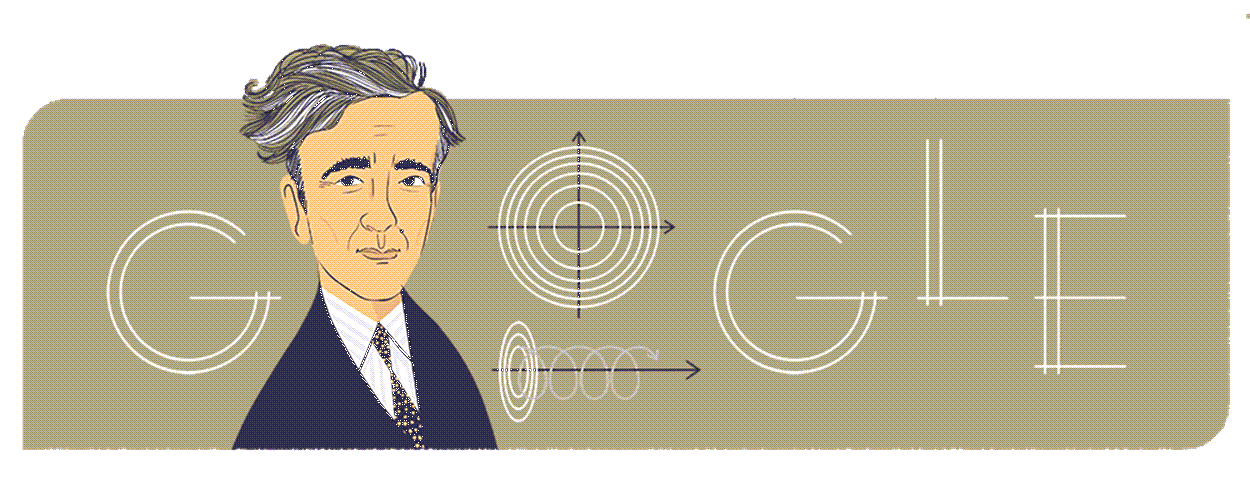Lev Davidovich Landau: Renowned Theoretical Physicist and Pioneer of Quantum Mechanics

Lev Davidovich Landau (22 January 1908 – 1 April 1968) was a Soviet physicist. He received the Nobel Prize for Physics in 1962.
Life and Career
He was born on 22 January 1908, in Baku, Azerbaijan. He enrolled at Leningrad State University to study physics in 1924. During his studies here, he learned about theoretical physics and focused on it. He completed his graduation in 1927. He was awarded the Rockefeller Foundation Fellowship in 1929 and 1931 and traveled to Copenhagen, England, Switzerland, and Germany.
In 1930, he worked at Niels Bohr’s Institute for Theoretical Physics under the guidance of renowned physicist Niels Bohr. He also worked with the theoretical physicists Wolfgang Pauli and Paul Dirac. His journey led him back to Leningrad in 1931. He became director of the Ukrainian Physico-Technical Institute in Kharkiv in 1932. He was also head of the theoretical physics department at the Kharkiv Engineer-Mechanical Institute.
He computed the Chandrashekhar limit in 1932, which is the maximum mass of a stable white dwarf star. He didn’t apply it to white dwarfs, though. He also co-wrote ‘Course of Theoretical Physics’ with his friend Evgeny Lifshitz during that time. There were ten volumes in the book, and it covered everything.
He received a Doctor of Physical and Mathematical Sciences degree in 1934. He was appointed head of the theoretical department at the Institute for Physical Problems of the U.S.S.R. in Moscow in 1937. He taught theoretical physics at Kharkiv University and Moscow State University during this time. Lev Davidovich Landau died on 1 April 1968 in Moscow, Russia.
Major Works
He worked on fluid mechanics and quantum field theory as part of his theoretical physics research. In his papers, he mentioned the theory of condensed states.
Some of his other contributions to science include the quantum mechanical theory of diamagnetism, the density matrix method, Fermi liquid theory, superfluidity theory, and superfluidity theory. He explained Landau poles, damping, gauges, and distributions in detail. He developed the entire theory of quantum liquids at low temperatures from his detailed study and dedication.
He wrote a lot about Bose liquids, including superfluid liquid helium in his papers during 1941-1947. During 1956-1958, he developed a theory of liquid helium of isotope 3 that he referred to as a Fermi liquid. He also discovered an elementary excitation called the ‘roton’. Later, he led a team of mathematicians working on Soviet hydrogen and atomic bombs. He predicted the power and yield of the first thermodynamic bomb ever built by the Soviets. He also explained Landau damping, neutrinos Landau pole, etc.
Award and Legacy
He received the Nobel Prize for Physics in 1962. He also received the Lenin Science Prize that year. He received the Max Planck Medal in 1960. He was honored with the Fritz London Prize in 1961. On 22 January 2019, Google Doodle celebrated Lev Landau’s 111th Birthday.
Observer Voice is the one stop site for National, International news, Sports, Editor’s Choice, Art/culture contents, Quotes and much more. We also cover historical contents. Historical contents includes World History, Indian History, and what happened today. The website also covers Entertainment across the India and World.
Follow Us on Twitter, Instagram, Facebook, & LinkedIn

